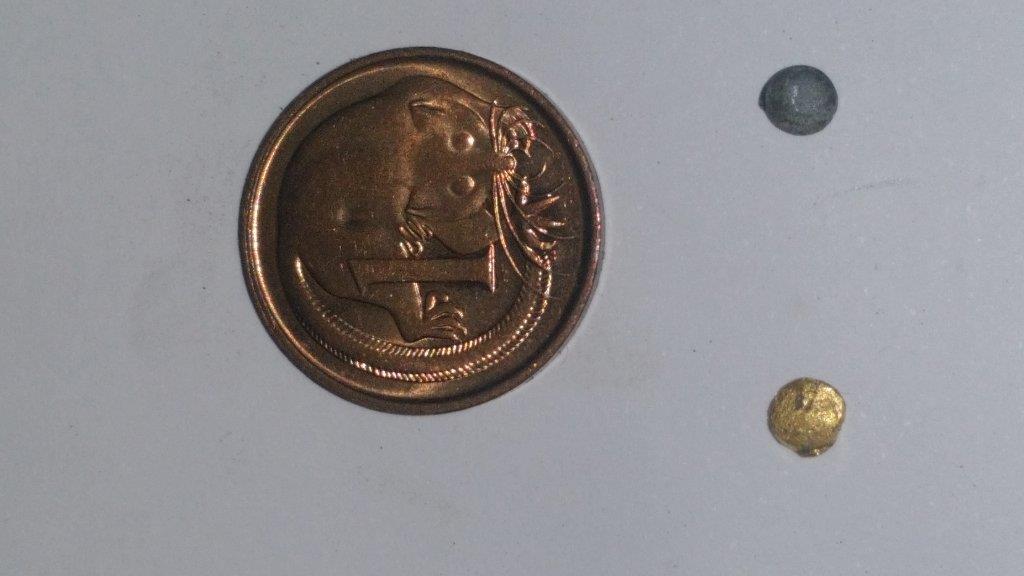Heatho said:
Havinago said:
So you think it is comparable to say my detector picks up lead shot so therefore it will pick up gold at same size and depth? I should mention that I am mainly talking about VLF's and that it is only food for thought as i noticed this gets tossed around a bit

You bet it will. Though only in mildly mineralised ground for the small stuff.
Do you think there would be a point where you would pick up one deeper than the other if they were actually the same volume and shape? and if the ground was mildly mineralised?
Its just that my way of thinking is that if you would pick up one and not the other at a certain depth or mineralisation then the two metals shouldn't be compared

Edit: I sort of see some yes and no's for is it comparable







